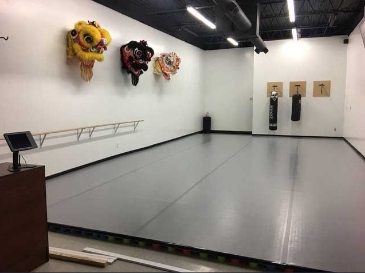Cutting-edge Design Movements Shaping the Prospects of Interactive LED Performance Floors
Cutting-edge Design Movements Shaping the Prospects of Interactive LED Performance Floors
Blog Article
Engaging LED dancing floors have become increasingly favored in multiple entertainment venues, such as nightclubs, musical events, and events. These floors utilize advanced tech to generate dynamic light displays that respond to sound and motion. As innovation continues to advance, several creative styling patterns are shaping the prospects of these interactive dancing surfaces. These trends not just enhance the visual experience but also boost user involvement and forge a more immersive environment for dancers and audiences alike.
One notable pattern in interactive LED dancing floors is the incorporation of intelligent tech. Many recent models feature sensors that identify motion and adjust the illumination accordingly. This implies that the floor can change hues, patterns, and visuals based on how many people are dancing and where they are located. This responsiveness fosters a dynamic setting that encourages involvement and excitement. Additionally, some models allow participants to control the illumination through mobile applications, giving them the ability to tailor their experience in the moment.
Another important pattern is the use of eco-friendly materials and power-saving technology. As ecological concerns grow, many designers are concentrating on creating light-emitting diode dance surfaces that are not only visually impressive but also eco-friendly. This comprises using repurposed materials for the floor's building and adopting energy-saving light-emitting diode lights. These advancements help minimize the carbon impact of gatherings while still providing a mesmerizing aesthetic experience. By prioritizing eco-friendliness, designers are attracting to a more ecologically conscious crowd.
The integration of augmented virtual reality (AR) is also transforming the responsive dance surface experience. AR tech allows users to view digital graphics and animations overlaid on the physical world through their mobile devices or AR spectacles. This can enhance the dance surface encounter by adding digital elements that engage with the physical environment. For example, dancers might witness animated figures or graphic displays that respond to their actions, creating a unique and engaging environment. This trend is particularly attractive to younger audiences who are familiar to digital engagements in their daily activities.
Furthermore, the design of responsive light-emitting diode dance surfaces is becoming more flexible and modifiable. Many recent models can be readily installed in different environments, from temporary gatherings to long-term installations. This adaptability enables locations to develop customized experiences that cater to various concepts and audiences. Some designs even include modular components that can be reconfigured led dance floor for charity events to form different configurations and arrangements. This adaptability not only improves the visual attractiveness but also allows for artistic design in event planning.
In summary, the prospects of interactive LED dancing surfaces is being shaped by creative styling patterns that concentrate on technology, eco-friendliness, enhanced reality, and versatility. These advancements are creating more immersive and captivating experiences for users, establishing dancing surfaces a central element of recreational venues. As these trends continue to advance, they will probably redefine how people engage with music and movement, guaranteeing that interactive LED dancing floors stay a favored choice for events and festivities.